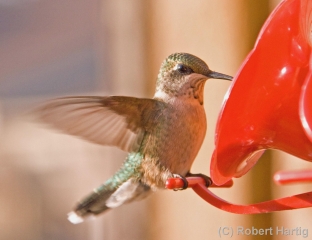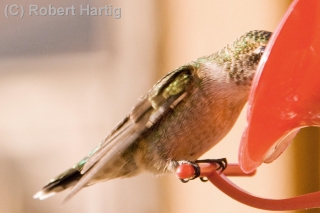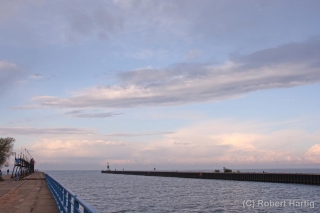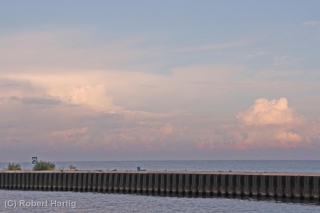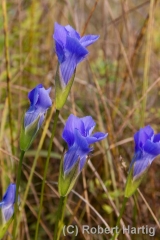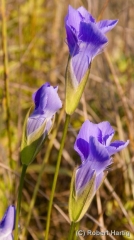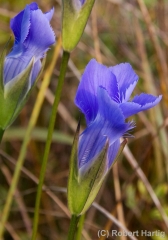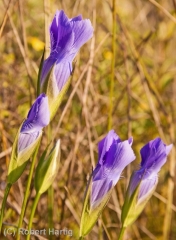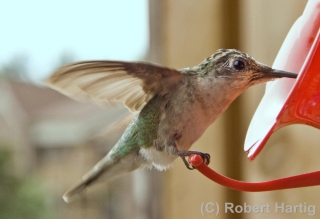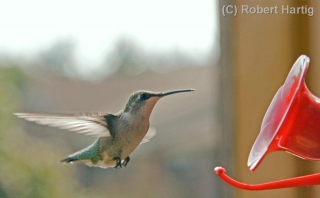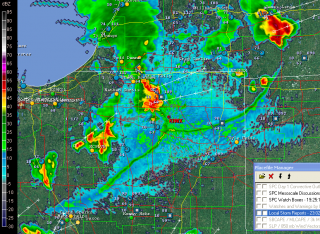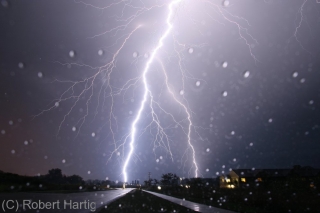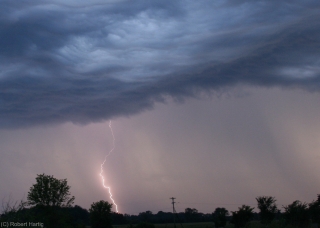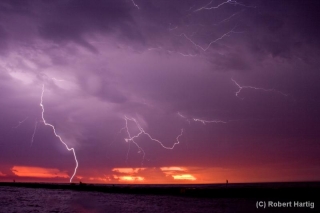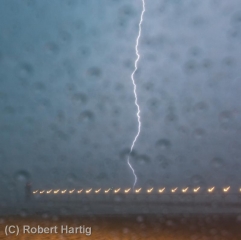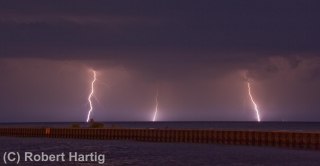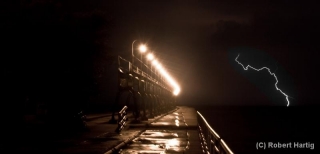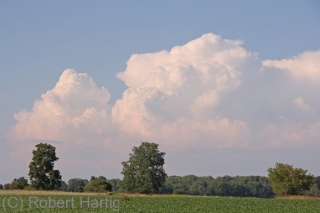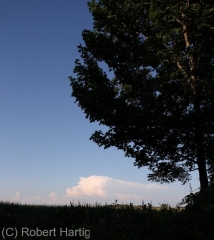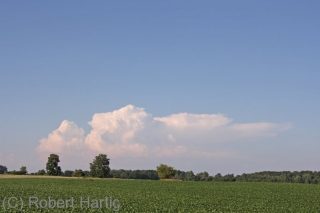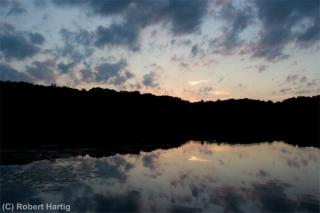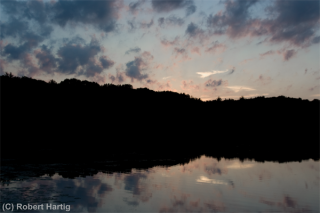Gone, all gone. The hummingbirds that kept my balcony abuzz with aerial entertainment and me constantly replenishing their nectar supply have departed for the winter.
In my post last month on the hummers, I speculated whether they would depart in a matter of weeks or mere days. As it turns out, the latter proved true. Just a couple days later, I filled the feeder with fresh nectar and hung it out beneath the eaves outside my sliding glass door, but there were no takers. All day I waited for even a single bird to show. The weather had turned gray and damp, and I thought that maybe the little guys were hunkering down until the sun poked through. But nope, no hummers. Not that day, nor the next, nor the next.
Finally I took down the feeder. The act was my first acquiescence to the coming winter. More such concessions will follow, most of them unpleasant but a few with blithe compensations. The hummingbirds may be gone, but the chickadees and goldfinches have been showing up sporadically, making tentative inquiries into their trusty cold-season food source. It is about time for me to set up their feeding station and reassure them. The birds that overwinter in Caledonia, Michigan, have a friend in me and a haven out on my deck. For the price of a 25-pound sack of black oil sunflower seed and a few pounds of thistle seed, the sparrows, finches, chickadees, titmice, nuthatches, and other winged guests brighten the wintry days with birdsong and a flurry of feathery action–especially the finches, which show up in droves of as many as 15 and appear to have no shutoff valve for their appetites. Slap some suet out on the rail and the woodpeckers will be in constant supply as well.
Right now, though, it’s still early autumn. The winter birds and I haven’t quite connected yet, and I’m contemplating the absence of hummingbirds. This page contains a couple more photos I took of them last month that didn’t turn out too shabbily. They’re my tribute to those iridescent little winged rockets that filled my summer days with many a smile. Thank you, hummers! Have a great winter, wherever you are, and I look forward to seeing you again in the spring.
